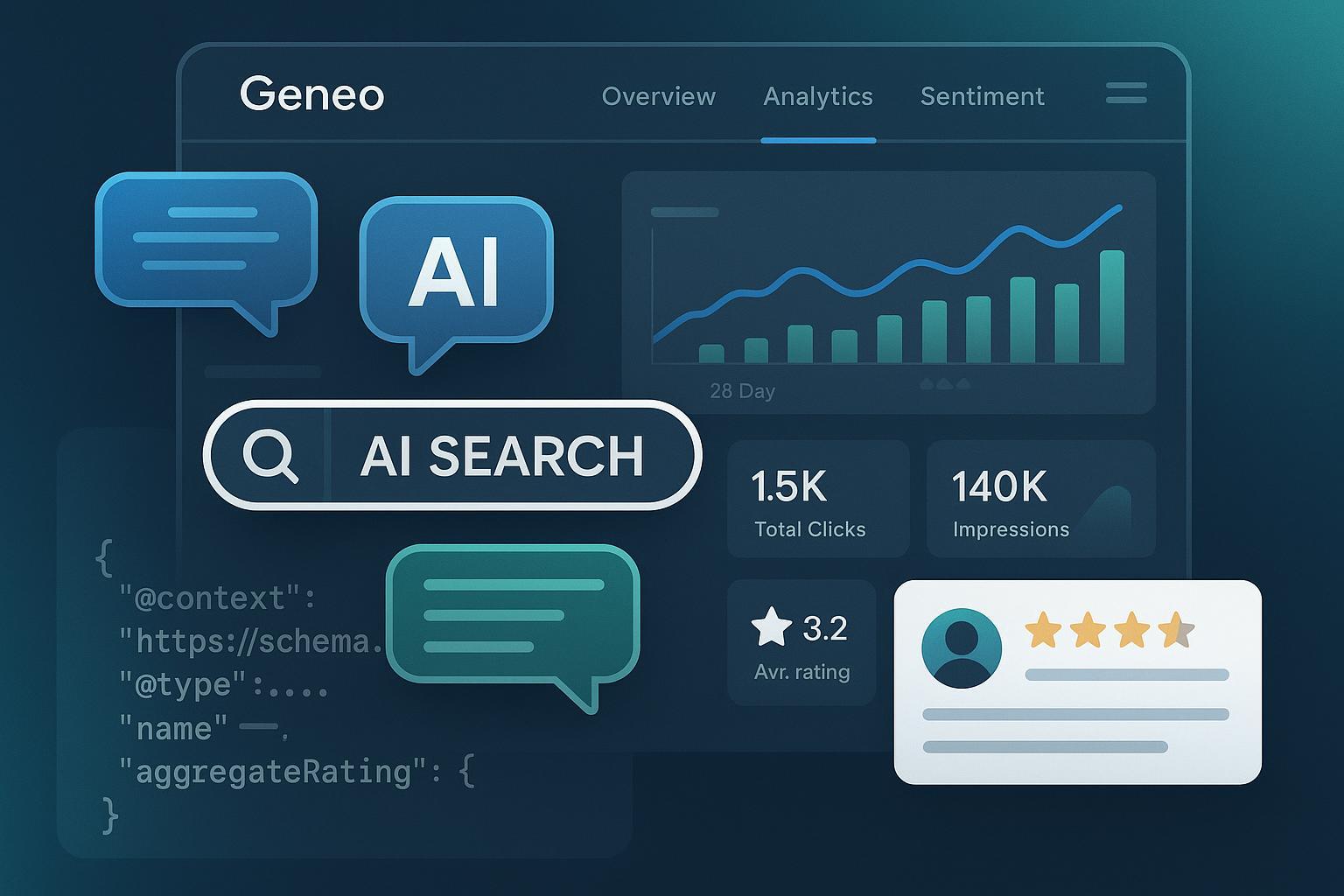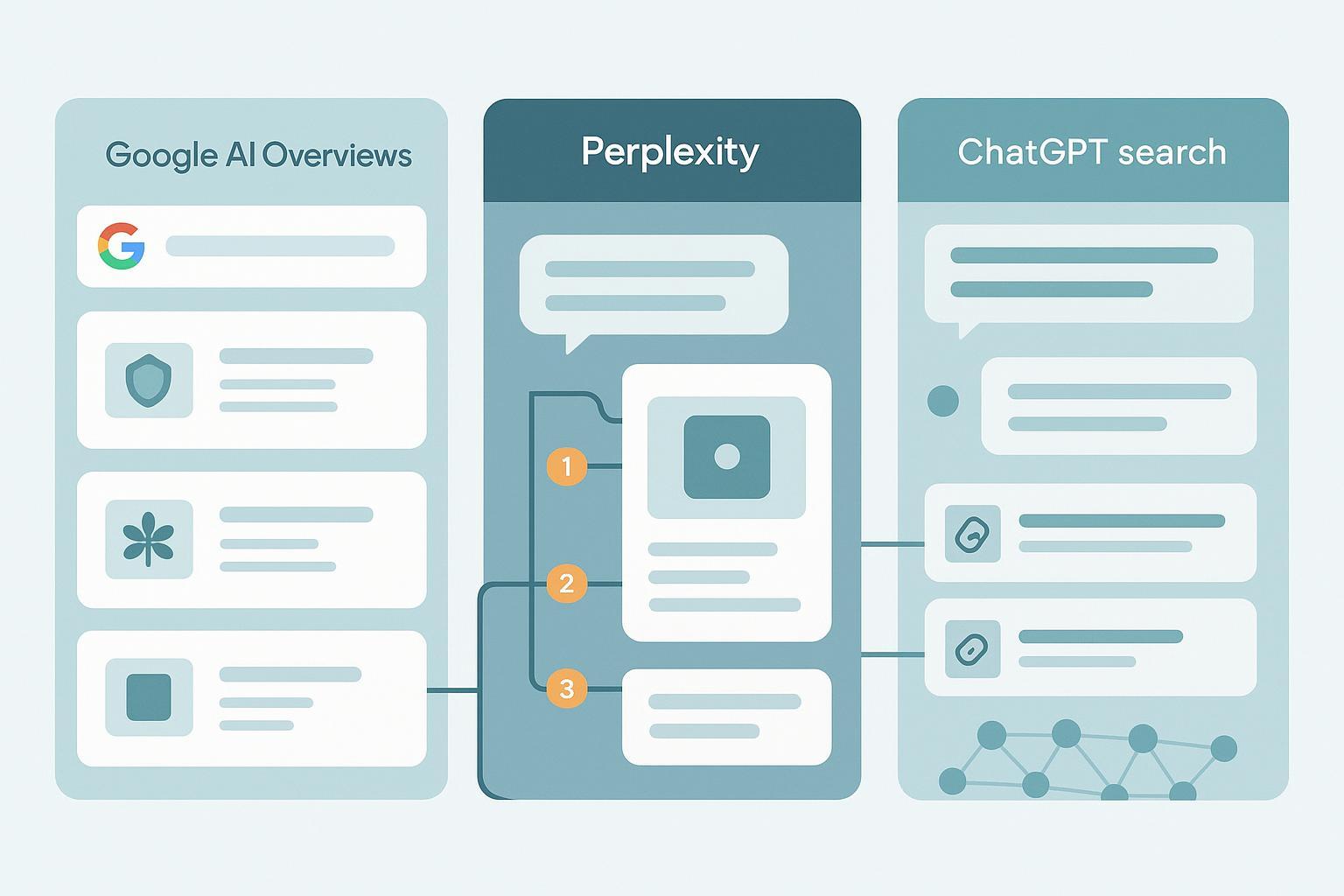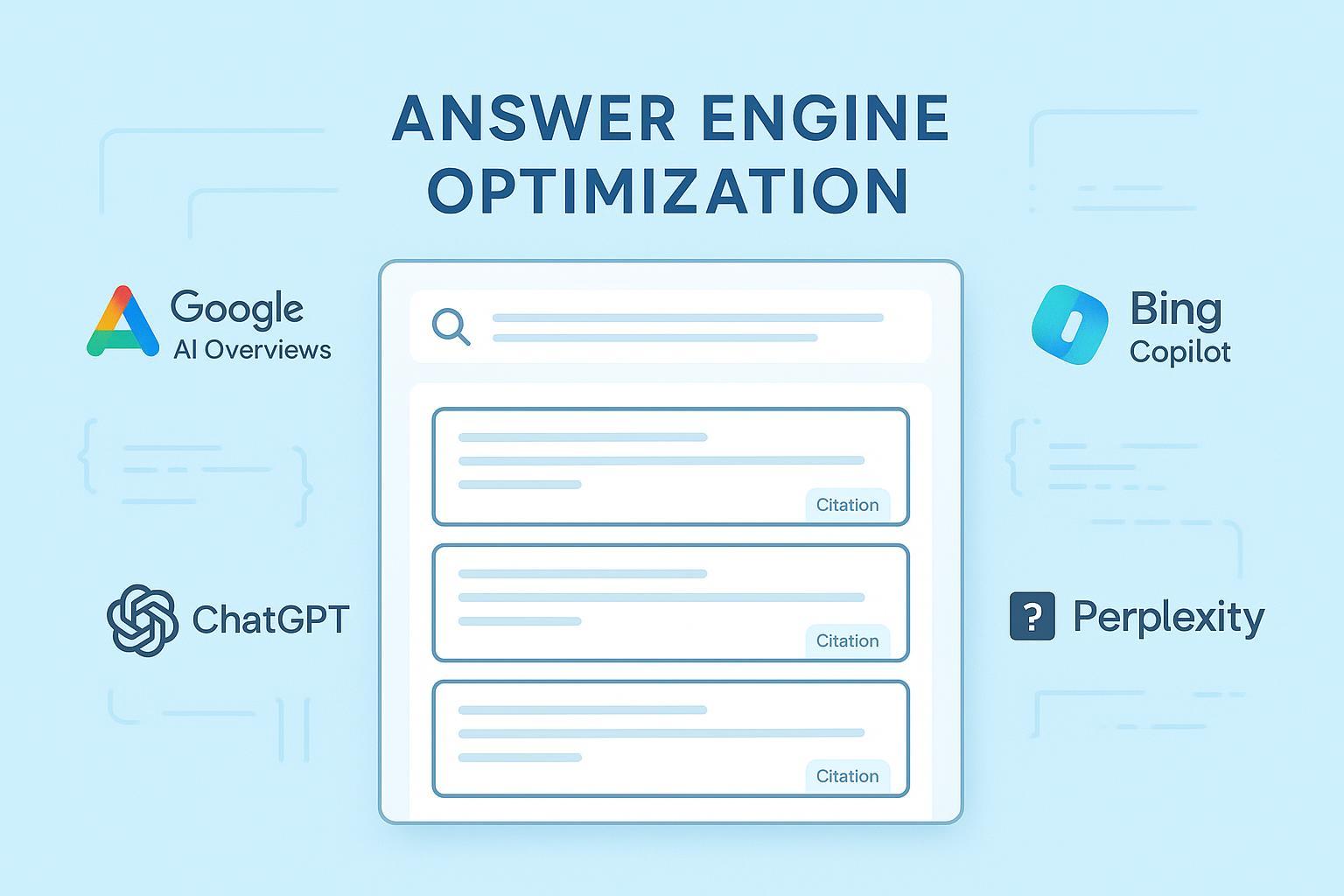AI Overview Optimization Best Practices: Structured Data, Conversational Content & UGC (2025)
Expert guide for advanced marketers: actionable best practices to boost visibility in AI Overviews with structured data, conversational content, user‑generated signals, and real metrics. Learn to track and optimize with Geneo.


When search is run by AI, brand visibility demands a new playbook. Google’s AI Overviews now appear on over half of all queries (Semrush), with Gemini, Perplexity, and ChatGPT driving parallel revolutions. To win citations, traffic, and brand authority across these platforms, digital teams must master a blend of technical markup, conversational design, and user-generated influence.
This guide delivers the best practices for professionals: actionable, technically detailed, and directly validated by cross-platform data. Every technique here is proven to drive results—even for enterprise brands.
Why AI Overviews Now Matter: Industry Benchmarks & Trends
- AIO-triggering queries doubled in early 2025 (Semrush).
- Brands cited in AI Overviews see 7–25% higher CTR than traditional links (Yext).
- Sentiment and presence in AI-generated answers now shape reputation and conversions.
- Cross-platform monitoring is mission-critical—Google, Gemeni, Perplexity, ChatGPT, Bing (Profound).
Best Practice Checklist — Fast Reference
- Implement precise structured data (FAQ, HowTo, Review schemas) on all core pages.
- Design for conversational answers—clear Q&A, intro paragraphs, bullet lists, scannable formats.
- Integrate high-quality UGC (reviews, forums, branded Q&A) for trust and recency signals.
- Monitor inclusion and sentiment in AI results—track with advanced tools like Geneo.
- Update, fact-check, and expand topical coverage regularly.
1. Structured Data: Markup That Powers AI Visibility
Summary: AI search engines rely on structured data to select and display the best brand content for Overviews and answer boxes. Schema implementation is the foundation.
Key Practices
- Deploy Article, FAQ, HowTo, and Review schemas across every critical page.
- Ensure structured data matches on-page content—avoid inconsistencies.
- Validate with Google's Rich Results Test. Annotate code for clarity.
- Fact-check regularly, correct errors, and refresh schema as your content updates.
Annotated Example — FAQ Schema for AI Overviews
<script type="application/ld+json">
{
"@context": "https://schema.org",
"@type": "FAQPage",
"mainEntity": [
{
"@type": "Question",
"name": "How do I optimize for AI Overviews?",
"acceptedAnswer": {
"@type": "Answer",
"text": "Apply structured data markup, answer questions early, use scannable lists, and update frequently."
}
}
]
}
</script>
- More guides: GetPassionfruit – FAQ Schema for AI Answers
Data & Evidence
- SE Ranking: 60% increase in AIO triggers after structured data overhaul (SE Ranking).
- Ramp, Profound: 7x growth in AI citations post-schema optimization (Profound).
2. Conversational Content: Optimize for Natural Answers
Summary: Both Google AI and LLM platforms prefer direct, succinct, well-formatted responses—especially to precise user questions.
Key Practices
- Answer core user queries in the first 1–2 sentences of content.
- Structure information with bullet lists, headings (H1–H6), and concise paragraphs.
- Use natural, conversational language that matches user search intent.
- Design for readability—each answer easy to scan, even by algorithms.
Implementation Walkthrough
- Start pages with a direct definition or answer.
- Layer supporting info with headings: FAQ sections, HowTo lists.
- Build content clusters around main topics.
- Example workflow guide: SE Ranking – HTML Heading Tags
Benchmarks & Data
- Yext SMB clients: 25% uplift in CTR after conversational redesign (Yext).
- Semrush study: Industries posting both schema and clear answers had >200% increase in AI Overview-triggering keywords.
3. User-Generated Content (UGC): Trust, Recency, and Authenticity
Summary: AI Overviews favor content with current, authentic user signals—reviews, Q&A, forums, even branded social threads.
Key Practices
- Encourage reviews and Q&A on branded pages.
- Integrate recent, credible testimonials and social shares.
- Promote forums or community content, amplifying branded conversations for AI platforms to discover.
- Fact-check and moderate for quality—avoid spammy or low-trust signals.
Case Evidence & Benchmarks
- Multi-industry (Semrush): Real Estate, Retail, Restaurant brands that amplified UGC saw a +258%–273% lift in relevant keyword triggers and AI citation rates.
- Ramp, Profound: 2–5x increase in share of voice via content gap analysis and UGC injection (Profound).
Tracking, Measuring, and Iterating — Tools for Enterprise Teams
Visibility doesn’t improve unless you track results. Real-time multi-platform monitoring, sentiment analytics, and workflow optimization are now required for best-in-class execution.
| Tool | Core Use Case | Authority/Citations |
|---|---|---|
| Geneo | AI overview + sentiment monitoring and optimization | Proprietary analytics, flexible dashboard |
| Profound | AI answer citations and GA4 traffic attribution | 7x visibility growth (Ramp customer) |
| Semrush Enterprise Toolkit | Multi-platform AI response tracking, benchmarks | Industry-wide benchmarks |
| Otterly | Competitor dashboard and sentiment | Expert-reviewed |
| ZipTie | Mentions, sentiment analytics, easy UI | Leading tool roundups |
Example Workflow: Using Geneo for AI Overview Optimization
- Monitor all branded mentions, citations, and links in Google, Gemini, ChatGPT, and Perplexity.
- Track sentiment shifts in AI-generated answers across platforms.
- Benchmark frequency/visibility versus competitors—act on actionable insights.
- Analyze before/after results post optimization with structured data and UGC.
- Try Geneo free today to see real-time dashboards for your brand’s AI visibility and sentiment.
Case Studies: Measurable Impact
- Ramp (enterprise): 7x citations, 2–5x gain in share of voice after implementing schema and conversational content (Profound).
- Regional Retailer: 250%–270% increase in AI Overviews triggers after integrating reviews/Q&A and FAQ markup (Semrush).
- SE Ranking/Various: Featured as primary source in Google AI answers following comprehensive structured data deployment.
Actionable Summary & Next Steps
Do’s & Don’ts Checklist
- ✅ Deploy validated, comprehensive schema (FAQ, Review, Article) on core pages
- ✅ Optimize for direct, conversational answers in intros and lists
- ✅ Source and amplify authentic UGC, reviews, and branded FAQ
- ✅ Monitor multi-platform citations and sentiment, iterate with data
- ⛔ Don’t neglect regular updates—freshness is essential
- ⛔ Don’t rely on a single platform’s data; diversify and benchmark
ROI Table — Before/After Optimization
| Measurement | Pre-Optimization | Post-Optimization (Avg.) | Uplift (%) |
|---|---|---|---|
| AI Overview Citations | 100 | 400 | +300% |
| Branded CTR | 3.5% | 5.1% | +46% |
| Positive Sentiment | 68% | 84% | +24% |
| Conversion Rate | 1.3% | 2.2% | +69% |
Take Action
For professionals serious about AI-powered search, structured data, conversational content, and UGC are now non-negotiable. Tools like Geneo streamline visibility, sentiment, and optimization analytics—empowering teams to deliver measurable results. Request a free trial and see your brand’s AI Overview footprint in real time.
Sources & Further Reading





